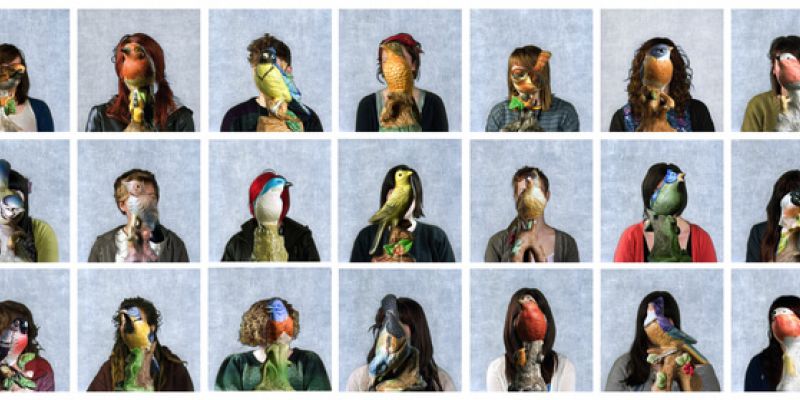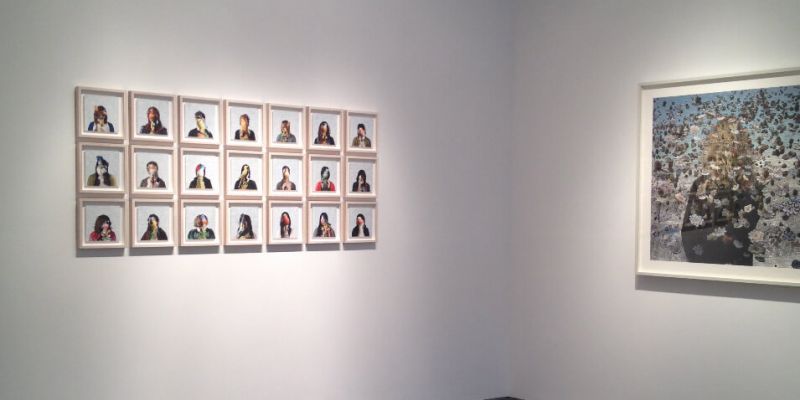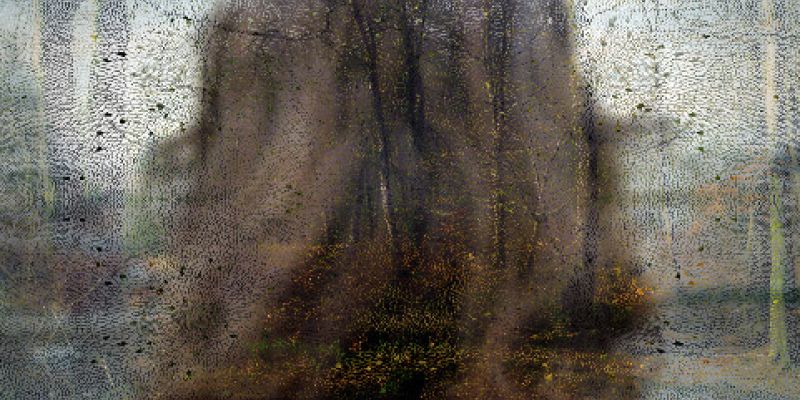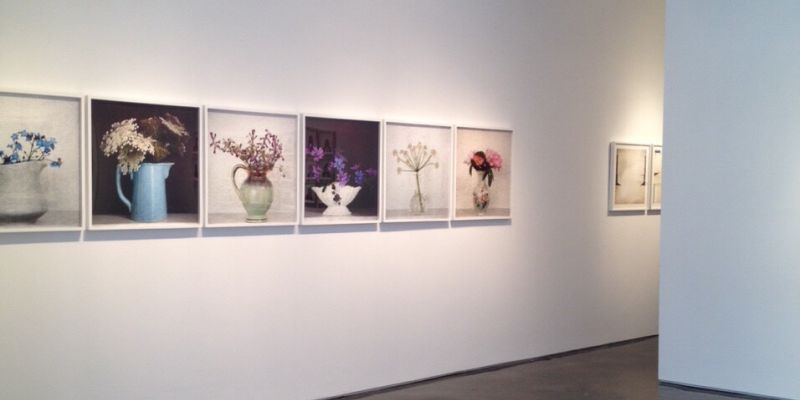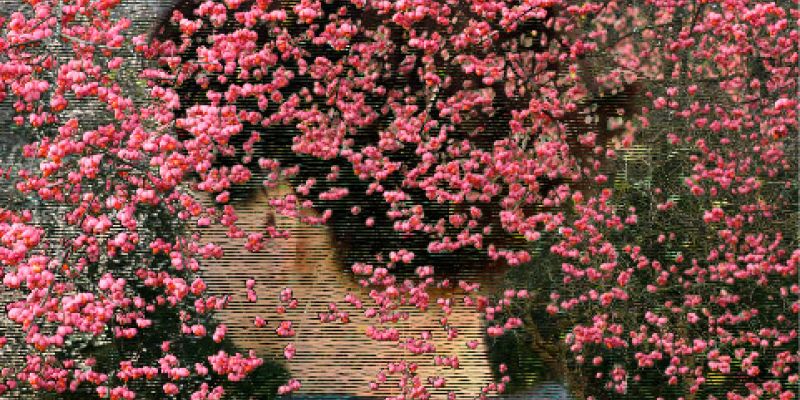Klompching Gallery Re-Opening with Helen Sear
Last Wednesday, Klompching Gallery re-opened in their new location at 89 Water Street, DUMBO. The gallery has been located in DUMBO since it opened seven years ago, but until recently was one of a number of arts businesses situated on the second floor of 111 Front Street. Two Trees Management, a prominent real estate company in the neighborhood that has been a long-standing proponent of DUMBO arts, enabled the move and Klompching is one of ten businesses that have been relocated to storefront locations either on Plymouth Street or in the building formerly occupied by Galapagos Art Space on the corner of Water and Main. The former Galapagos building was originally designed and built in 1906 for the Robert Gair Company and is adjacent, on two sides, to the Empire Stores, recognizable from the 1930s photographs of Berenice Abbott. It seems to be an ideal location for a gallery; the redesign included expansive storefront windows, which allow in vast amounts of natural light and afford passers by more than just a glimpse inside.
The inaugural show at Klompching Gallery’s new space is a celebration of Helen Sear’s work; the artist’s fourth solo exhibition with the gallery. The works are not new to exhibition, with much of it having been featured in the previous shows, however, Sear’s organic oeuvre is a well thought out complement to the new space and comes as she is representing Wales at the 56th Venice Biennale, with a solo exhibition in the Santa Maria Ausilliatrice. Sear’s work is very contemplative and the new space at Klompching is a worthy environment in which to contemplate. Hung with plenty of room for our thoughts to expand around the work, the peaceful atmosphere allows us to consider the questions surrounding identity, gender and the photographic medium that Sear addresses.
As you enter the space, you are met with Sightlines, a grid of 21 images hanging on the back wall. Each panel is a portrait of a woman, however, instead of the sitter presented to our gaze, we are met with the cold, one-eyed stare of the mass-produced, hand-painted china figurine of the bird that masks each woman’s face. Access to the sitter, something considered a given in portraiture, is denied, and the gender politics of looking is interrupted. The presence of the mass-produced figurines raises questions about authorship and originality, as does the fact that Sear alters each photograph by painting the background with gesso. The result is a partially hand-painted photograph of both painted and ‘real’ elements, each unique with the artist’s labour.
Inside The View, a series of earlier works situated on the small, street-side wall, address similar themes of identity and gender; it is clear the subjects are female, but once again we are denied access to who they are. Rather, we are encouraged to focus on their presence in a semi-imagined landscape that Sear superimposed onto the portraits-from-behind. She, again, speaks to the concept of originality, as a third layer – a digitally drawn web of lines – is laid onto the already two-fold picture plane. We are forced to decipher multiple layers to approach the female subject underneath, giving her a sense of power and control usually afforded to the viewer.
This exhibition feels very at home in Klompching’s new space. There is a organic feel to the space that is a result of the extensive natural light and the view of the leafy DUMBO street outside. Nature is a prominent theme in Sear’s work, particularly evident in the Pastoral Monuments series, stretching for six images down the left wall. The flowers in these images were among 80 flowers that Sear sourced from a field in Wales, local to where she lives and works, to photograph for the series. In the same way that Sear brought her everyday into her work, Klompching Gallery is bringing in theirs. They have been advocates of the arts in DUMBO since they opened nearby, but now that the gallery inhabits a ground floor storefront space they can really let the neighborhood in. The exterior light works with the interior lighting to create a fresh feel, and being merely blocks away from the waterfront with the relative calm of Brooklyn makes it seem as though the natural element of Sear’s work is very much reflected in it’s setting.
Images © Helen Sear, courtesy of Klompching Gallery.
 Catherine Troiano is co-editor of New York Photography Diary. She is Gallery Manager at a New York photography gallery, who also works independently as a curatorial consultant and researcher. She has experience in various institutions in New York, Edinburgh and London, including the Museum of Modern Art, the Metropolitan Museum of Art and, currently, the Sasha Wolf Gallery. She holds an MA in History of Art from the University of Edinburgh, and her interests include inter-war Eastern European photography, Hungarian art and contemporary art.
Catherine Troiano is co-editor of New York Photography Diary. She is Gallery Manager at a New York photography gallery, who also works independently as a curatorial consultant and researcher. She has experience in various institutions in New York, Edinburgh and London, including the Museum of Modern Art, the Metropolitan Museum of Art and, currently, the Sasha Wolf Gallery. She holds an MA in History of Art from the University of Edinburgh, and her interests include inter-war Eastern European photography, Hungarian art and contemporary art.

